SIP Panels Fact Vs Fiction
Structural Insulated Panels (SIPs) have emerged as a revolutionary building material, offering a faster, more energy-efficient, and sustainable alternative to traditional construction methods. However, like any innovative technology, SIPs have faced their fair share of misconceptions and myths. In this article, we’ll delve into some of the most common myths surrounding SIP panel construction and set the record straight, separating fact from fiction.
Myth 1: SIPs are a new and unproven technology
Fact: While SIPs may seem like a recent development, their roots stretch back to the 1930s. The concept was pioneered by Alden B. Dow, a renowned architect and Frank Lloyd Wright’s son-in-law. Early SIPs were primarily used for military structures and cold storage facilities. Over the decades, advancements in materials and manufacturing processes have refined SIP technology, making it a reliable and widely adopted construction method today. Countless successful SIP buildings, both residential and commercial, stand as a testament to their proven track record.
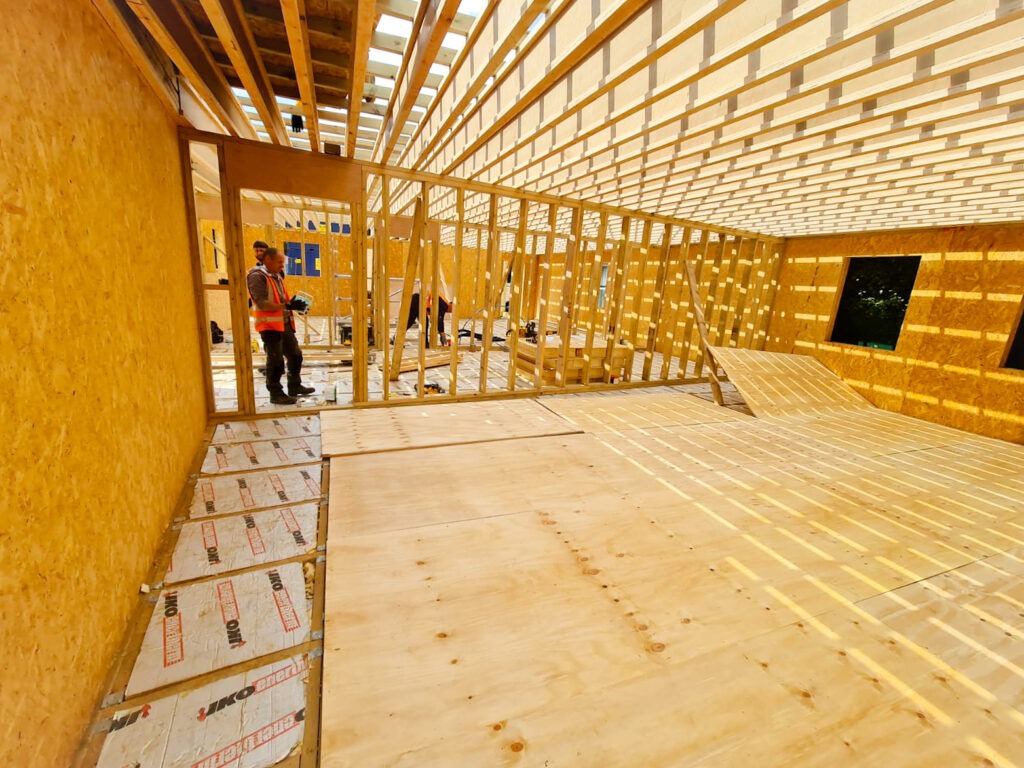
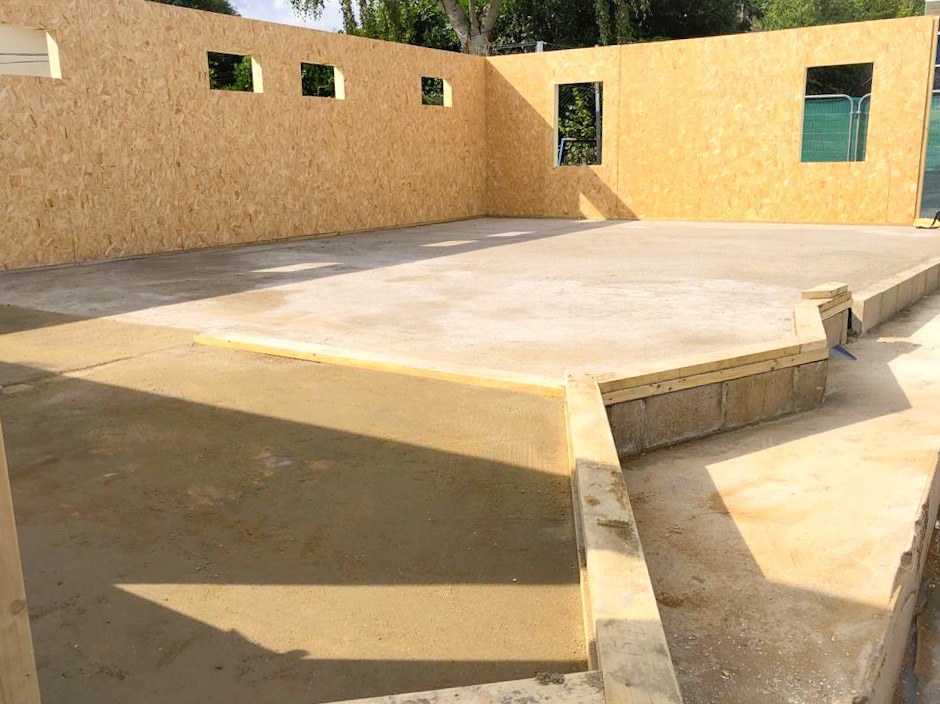
Myth 2: SIPs are prone to moisture damage and mould
Fact: When properly installed and sealed, SIPs offer excellent resistance to moisture infiltration. The panels’ airtight construction and continuous insulation layer create a robust barrier against moisture penetration. Moreover, SIPs are manufactured with moisture-resistant materials like oriented strand board (OSB) and expanded polystyrene (EPS) foam, further minimising the risk of mould and mildew growth. Proper flashing and sealing around windows, doors, and roof penetrations are critical to maintaining the integrity of the building envelope and preventing moisture-related issues.
Myth 3: SIPs are not as strong as traditional framing
Fact: SIPs possess exceptional structural strength and rigidity. The combination of OSB sheathing and rigid foam insulation creates a sandwich panel with superior load-bearing capacity compared to conventional wood framing. SIPs can withstand high winds, seismic activity, and heavy snow loads, making them a suitable choice for various climates and geographic locations. Numerous studies and real-world examples demonstrate the structural integrity and resilience of SIP buildings.
Myth 4: SIPs are expensive
Fact: While the upfront cost of SIPs may be slightly higher than traditional framing materials, the overall cost savings throughout the building’s lifecycle can be substantial. The superior energy efficiency of SIPs translates to reduced heating and cooling costs, resulting in significant long-term savings. Additionally, the faster construction time associated with SIPs can lead to lower labour costs and quicker project completion. When considering the total cost of ownership, SIPs often prove to be a more cost-effective solution.
Myth 5: SIPs limit design flexibility
Fact: SIPs offer remarkable design flexibility, allowing for a wide range of architectural styles and configurations. The panels can be easily cut and shaped to accommodate various design elements, including curves, angles, and vaulted ceilings. SIPs are also compatible with various exterior and interior finishes, enabling homeowners and architects to achieve their desired aesthetic. From modern minimalist homes to traditional farmhouse designs, SIPs can adapt to diverse architectural visions.
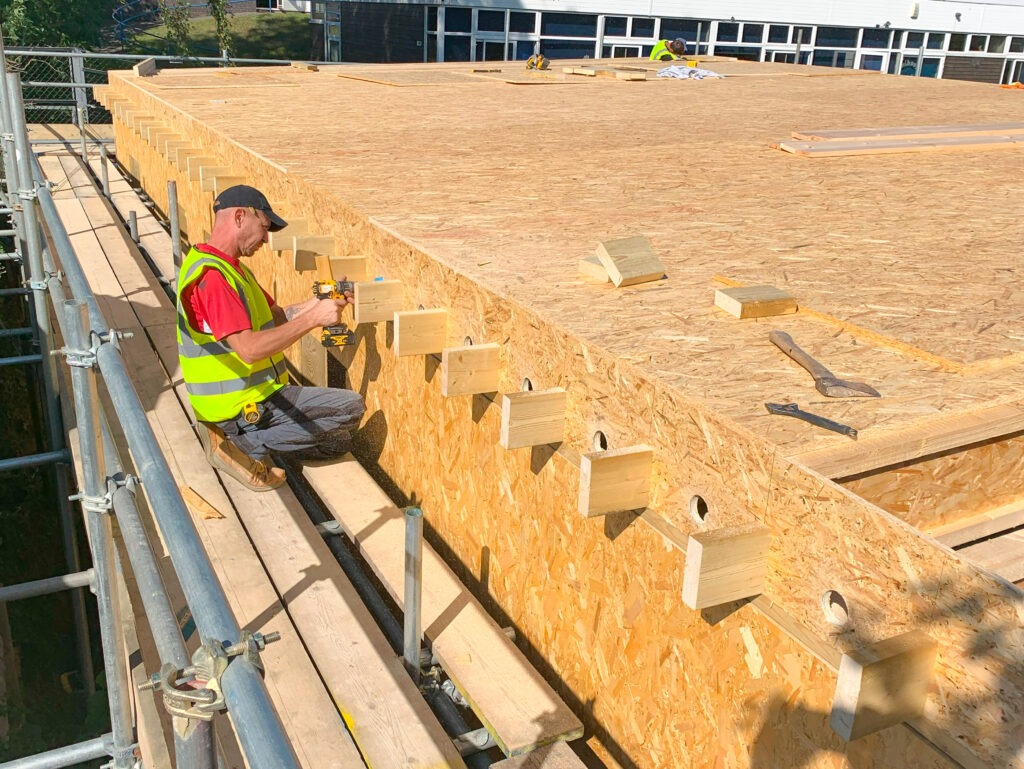
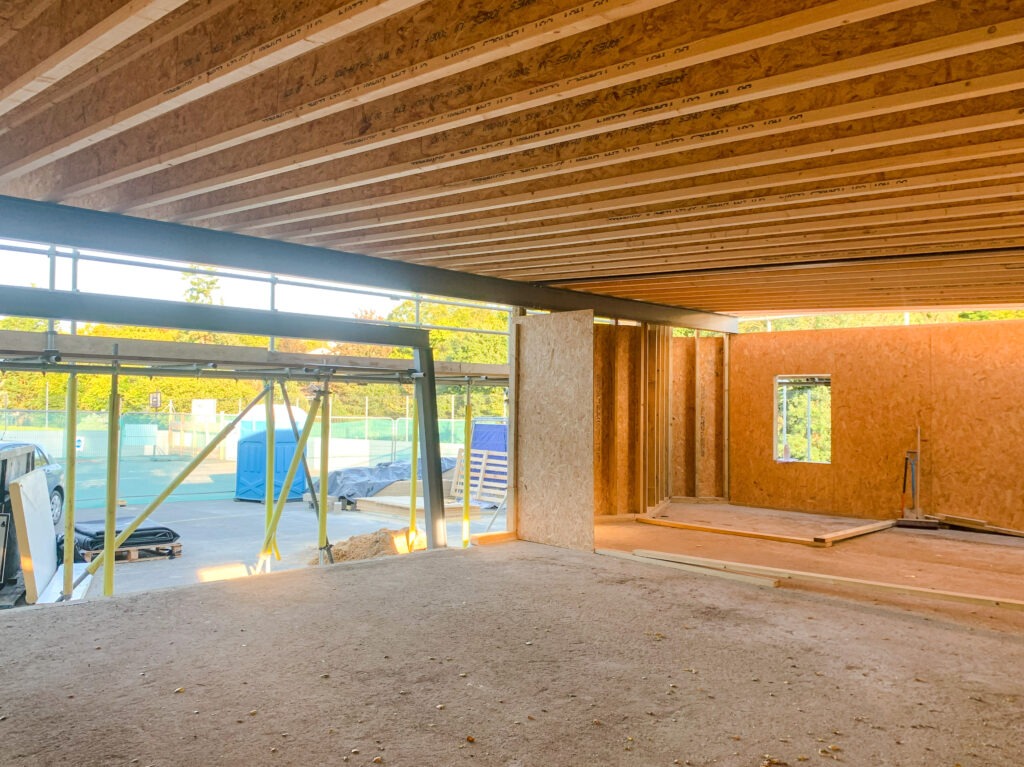
Myth 6: SIPs are difficult to modify or renovate
Fact: While it’s true that modifications to load-bearing SIP walls require careful planning and execution, renovations in SIP buildings are generally straightforward. Adding windows, doors, or interior partitions can be accomplished with relative ease. Experienced contractors familiar with SIP construction can navigate any challenges and ensure that modifications are structurally sound and energy-efficient.
Myth 7: SIPs are not environmentally friendly
Fact: SIPs offer several environmental benefits compared to traditional construction methods. The panels’ high insulation value reduces energy consumption and greenhouse gas emissions, contributing to a smaller carbon footprint. SIPs also generate less construction waste due to their precise manufacturing and efficient installation process. Additionally, the EPS foam insulation used in many SIPs is often made with recycled content, further enhancing their sustainability credentials.
Myth 8: SIPs are susceptible to pest infestations
Fact: When properly sealed and installed, SIPs provide a robust barrier against pests like rodents and insects. The continuous insulation layer and airtight construction minimise potential entry points for pests. However, it’s important to address any gaps or openings during construction to prevent pest access. Regular maintenance and inspections can also help identify and address any potential vulnerabilities.
Conclusion:
SIP panel construction represents a significant advancement in the building industry, offering numerous advantages in terms of energy efficiency, structural integrity, and construction speed. By dispelling the common myths surrounding SIPs, we hope to shed light on the true potential of this innovative building technology. Whether you’re considering building a new home, commercial building, or addition, SIPs are a worthy option to explore. Consult with experienced SIP builders and architects to learn more about how SIPs can benefit your next construction project.
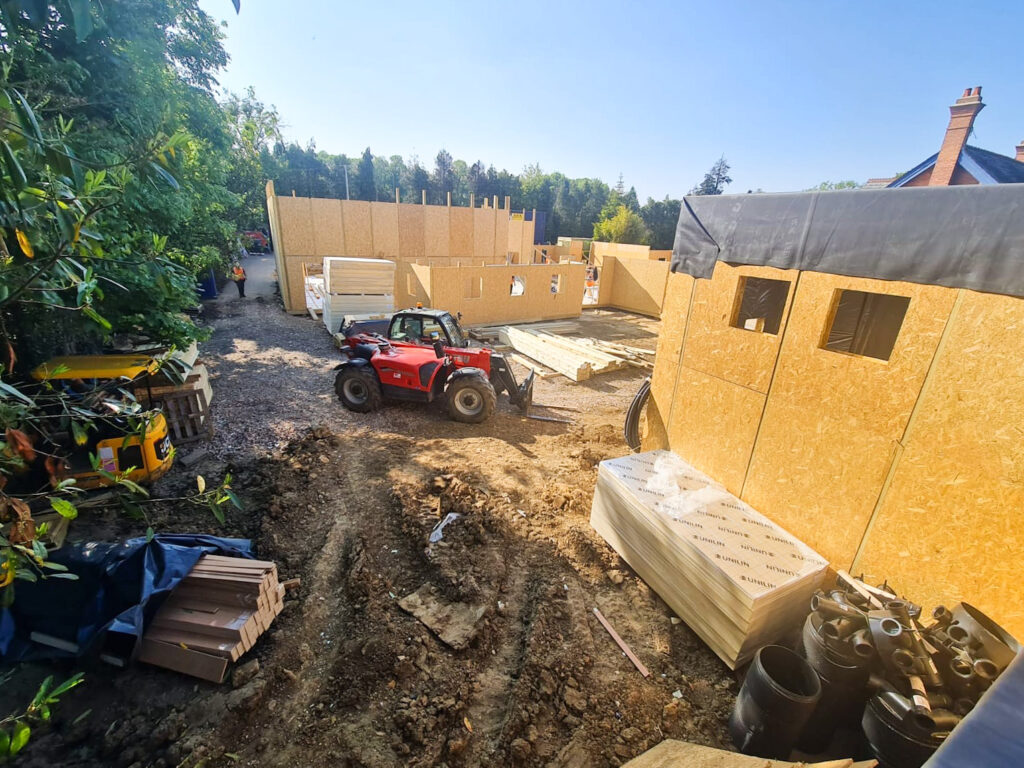
© 2023 All rights reserved
Made with ❤ with Elementor